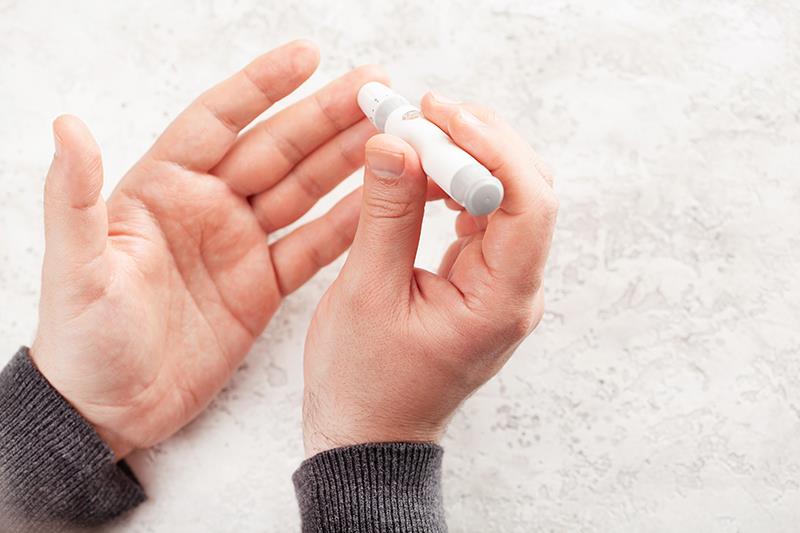Pioglitazone boosts HbA1c decrease while preventing ketone increase





In patients with type 1 diabetes (T1D) treated with SGLT2 inhibitors, such as dapagliflozin, the addition of pioglitazone helps to intensify the reduction in HbA1c and blocks the increase in plasma ketone driven by SGLT2 inhibitors, reports a study presented at ADA 2024. This enables long-term cardiovascular and renal outcome studies to be safely performed in T1D patients.
“SGLT2 inhibitors are effective in lowering the plasma glucose concentration in people with type 2 diabetes. They also have a fantastic cardiorenal benefit and, because of their unique mechanism of action, are effective in lowering the plasma glucose concentration in people with T1D,” said lead author Dr Muhammad Abdul-Ghani, Diabetes Division, University of Texas at San Antonio, US.
“Unfortunately, a new side effect appeared in T1D that increases the risk of ketoacidosis... Because of the increased comorbidity and mortality associated with ketoacidosis, health authorities are not approving the use of SGLT2 inhibitors in people with T1D,” he added.
Abdul-Ghani and his team studied the mechanism for the increase in ketones caused by SGLT2 inhibitors and showed that the increase in ketones “starts very shortly after the application of SGLT2 inhibitors” such as dapagliflozin.
“If we block or prevent the increase in plasma free fatty acid concentration, we can block the increase in ketones,” he said. [Diabetes Care 2023;46:978-984]
The current study had a 4-week run-in period, after which 60 patients with T1D (mean age 42.3 years, 30 percent female, BMI 26.8 kg/m2, HbA1c 8.5 percent, eGFR 114 ml/min, insulin dose 63 units) received dapagliflozin 10 mg for 12 weeks. At week 16, Abdul-Ghani and his team randomly assigned these patients to receive either pioglitazone 45 mg or matching placebo for an additional 16 weeks.
At week 16, dapagliflozin treatment resulted in an HbA1c decrease of ‒0.63 percent in patients receiving pioglitazone and ‒0.56 percent in those receiving placebo (p<0.001 for both) from baseline. At week 32, the HbA1c reduction from baseline was ‒0.86 percent in the pioglitazone arm and ‒0.44 percent in the placebo arm. [Diabetes 2024;73(Suppl 1):138-OR]
As a result, the HbA1c level was lower by ‒0.42 percent in patients receiving pioglitazone relative to those receiving placebo (p<0.05).
Ketones
On the other hand, plasma ketone concentrations increased above baseline by 0.12 mM in patients receiving pioglitazone and by 0.14 mM in those receiving placebo at week 16 (p<0.05 for both). At week 32, plasma ketone concentrations remained elevated above baseline in the placebo group (0.15 mM; p<0.05) but decreased (‒0.06 mM; p<0.05) in the pioglitazone group.
The difference in plasma ketone concentration between patients treated with pioglitazone and those treated with placebo at week 32 was ‒0.19 mM (p<0.001).
“Pioglitazone causes additive decrease in HbA1c in people [with T1D] receiving SGLT2 inhibitors. Pioglitazone does that while preventing the increase in plasma ketone concentration,” said Abdul-Ghani.
“Plasma ketone concentration of 1 mM is [the] appropriate threshold above which ketone mitigation therapy is administered,” he added.